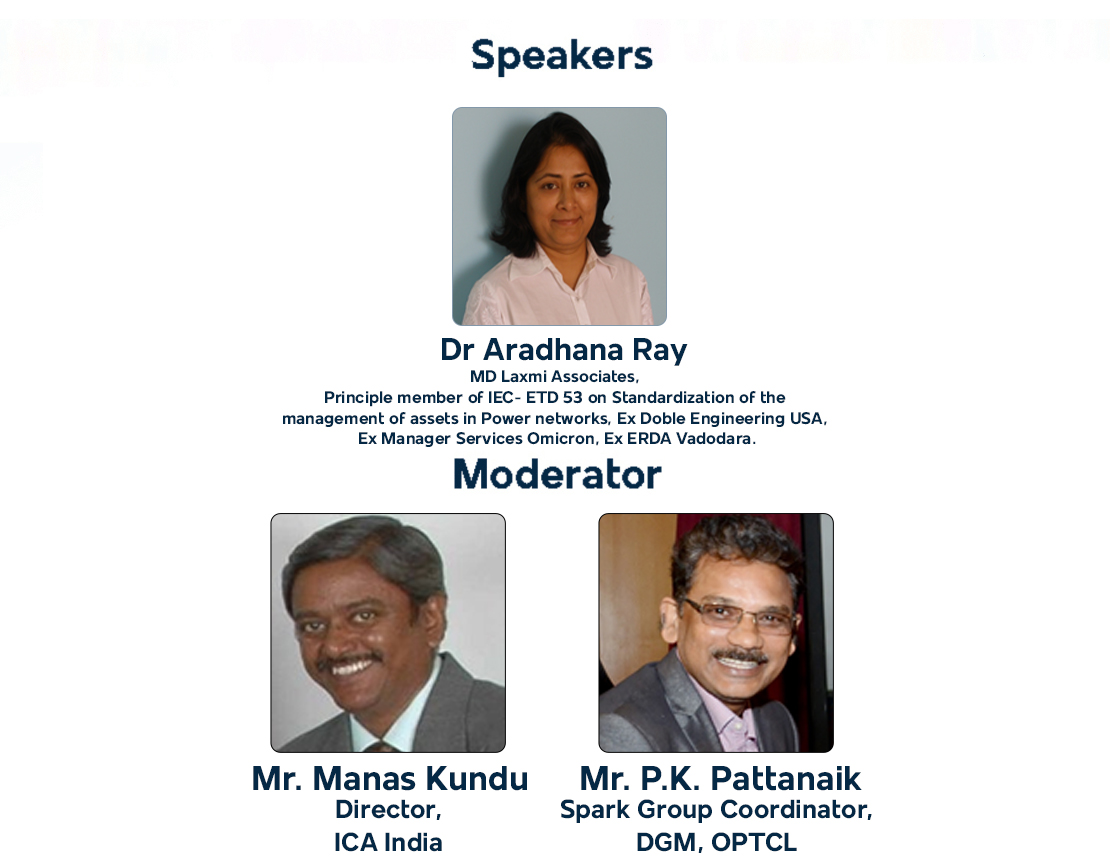The global unfolding of COVID-19 pandemic has left many individuals and communities filled with concern and brought nations to their knees.The International Copper Association (ICA) stands with its members as they focus on the health, safety and well-being of their employees, their families and the communities in which they operate. We are witnessing the catastrophic impact of pandemic in form of substation / transformer bursting into flames, gas leak, boiler burst and many such incidents completely disrupting industry and life in various parts of India. As we step gradually into unlock versions of the economy, we are eager getting into full throttle while efficiency and productivity firmly in our radar. However, nothing is more important than human lives as we confront such crisis. We believe knowledge sharing is one form of co-operation towards shared learning that keep us ready for any such emergencies and ‘Sharing is Caring’.
Electricity Distribution is nothing but keeping the ‘Life On’, and more importantly the ‘Lives safe’. It depends on ‘Reliable and Efficient infrastructure. Distribution Lines, Distribution Transformer (DT), Substation which are few of the vital high capex asset for DISCOMs. The impact of the Covid-19 pandemic is being felt across the energy system, and the management response will shape our future for decades to come.
Effective asset management is all about achieving the right balance between cost, risk and performance. Focus should be on areas to manage current risks now, as well as providing a roadmap for future asset management process improvement.
In India few progressive distribution utilities that have made strategic move into risk-based transformer fleet management, the transition towards full maturity may take few years. The move towards bridging capability gaps is essential after initial round of effort in developing and implementing risk-based transformer fleet management (RBTFM). A typical development roadmap is needed.
However, early gains or benefits and values from implementation of RBTFM will come from greater understanding of fleet performance – reliability, cost, condition-based health index vis-a-vis risk and criticality mapping of entire fleet population.
With some benchmarking data from few DISCOMs it is estimated that the average overall technical losses in DTs with these DISCOMs could be as high as 3%, compared to 0.5% ideal value. High failure rate of 15% plus and downtime is result of weak asset management practices including low quality of repairs, and maintenance of DTs and other systems. These have resulted in poor DISCOM performance during each planning period and increasing technical losses. This makes DT one of the key intervention areas for the DISCOMs through renovation and upgradation or modernisation to bring down overall Technical losses. Besides line losses are impacted by various operational constraints or gaps in planning and investment from time to time.
While commercial losses are reflective of management efficiency and people accountability, which have to be enforced, the technical losses can be controlled through proper planning, procurement, quality assurance, installation and O&M practices. DISCOMs can do much better by taking steps to prolong asset life, thus avoiding the need for costly repair or replacements, as far as practicable, and save on downtime costs as well, particularly during emergencies.
The webinar series “Efficiency and Reliability in Power Utilities” is a joint initiative of ICAI along with pManifold Business Solutions and Spark Group. This webinar, fourth in the series, will bring Indian experts sharing their experiences from the field and answer the following questions:
- How has been their experience in Distribution system, DT and its critical role to deliver reliable, efficient and safe supply to consumers?
- How the electricity regulator looks at its role to keep DISCOM fighting fit!
- What are the key reasons of high failure in India and where we are going wrong! How DISCOMs can meet their key KPIs by ‘doing more with less’
- What best practices can be adopted by Indian DISCOMs from specifying to upkeeping for getting best of their vital assets in distribution system?
- What planning /decision matrix support is always needed to be in preparedness for quality supply delivery including such time for crisis?
- What are ways for DISCOMs to carry out Risk based asset management for DTs?
- What are new technologies to address safety, prime concern at all cost, in highly populated areas or buildings for today and tomorrow?



